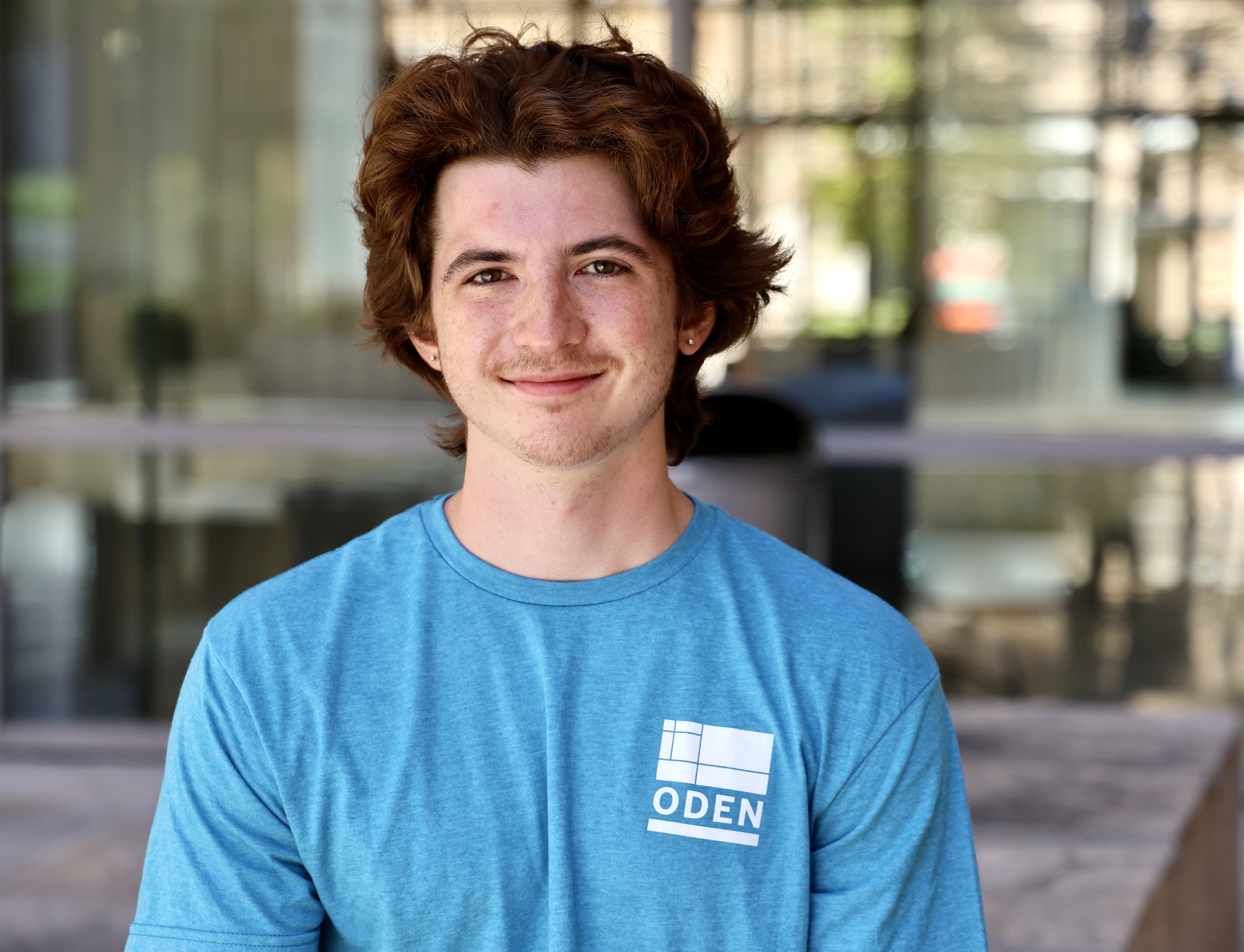Kenneth Meyer’s path to research in cardiovascular modeling was forged through an evolving yet everpresent desire to apply his mathematical and computational skills in the real world.
“I had always liked math, and I wanted something more hands on, more applied,” he reminisced. After coming to UT as an undergraduate student, Meyer made the switch from pure mathematics to computational engineering after realizing how much he enjoyed bridging mathematical theory with other research disciplines.
COVID-19 hit in the middle of Meyer’s undergraduate education. As the world ground to a halt, he found himself struggling with a little bit of an academic identity crisis: “It kind of came out of nowhere, and out of how everything shut down…I wanted to be able to do something about it. I started wondering if I should’ve been premed, or if I should have gone to medical school,” he reminisced, smiling wryly.
